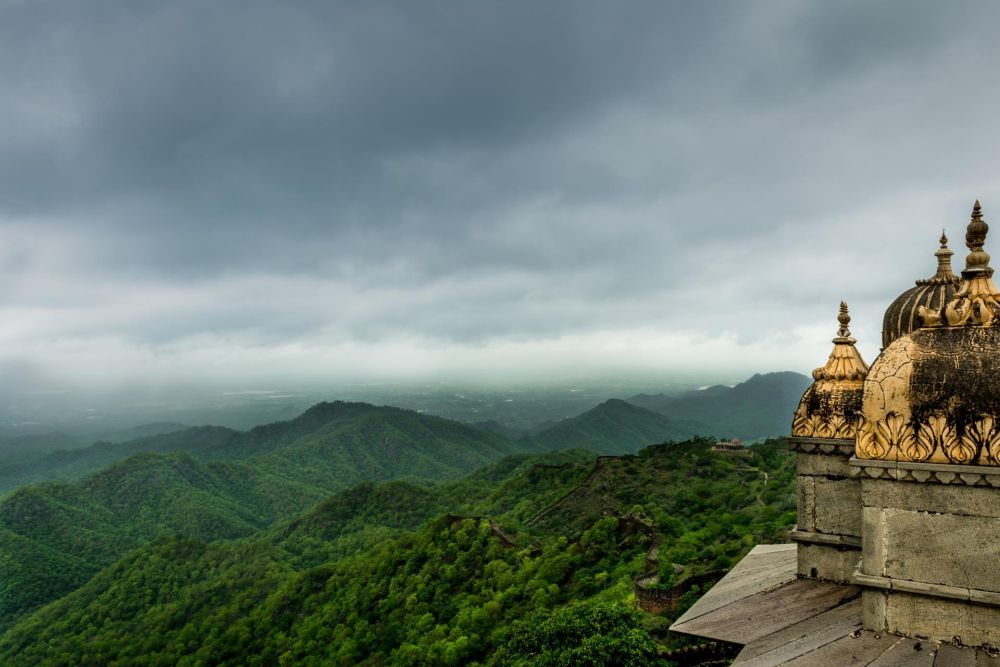

Nestled atop the Kumbhalgarh Fort, Badal Mahal, also known as the Palace of Clouds, is a majestic example of the architectural prowess of the Rajputs. The history of tourism at Badal Mahal is intimately tied to the fame of Kumbhalgarh Fort itself, which was built in the 15th century by Rana Kumbha. It stands as a significant reminder of Rajput valor and architectural ingenuity.
Kumbhalgarh Fort has always been a site of immense historic significance, given that it was the birthplace of the renowned warrior king Maharana Pratap. However, it wasn't until the late 20th century that the fortress, along with Badal Mahal, started gaining recognition as a notable tourist destination. The inclusion of Kumbhalgarh Fort in the UNESCO World Heritage Site list as part of the Hill Forts of Rajasthan in 2013 marked a significant uptick in the number of visitors to Badal Mahal.
The Mahal itself is famed for its breathtaking beauty and the panoramic views it offers of the surrounding Aravalli Range. Visitors are enchanted by its intricate stone work, beautiful paintings, and architectural features that exemplify the skill and aesthetics of Rajput craftsmen. The palace is divided into two interlinked mahals, the Mardana Mahal (for the royal men) and the Zenana Mahal (for the royal ladies), with each section showcasing elements suited to the needs and comforts of its occupants.
The surge in tourism has led to better accessibility for Kumbhalgarh and Badal Mahal. The nearest airport is in Udaipur, from which tourists can hire taxis or take buses to Kumbhalgarh. The best time to visit to enjoy the fort and Badal Mahal without the extremes of weather is between October and March, when the climate is most pleasant.
In recent years, experiential travel has shaped the tourism trends in Kumbhalgarh. Visitors are not only coming to sightsee but also to immerse themselves in the local culture and history. Luxury heritage stays, sound and light shows at the fort, and guided heritage walks have become popular. Moreover, there's an increasing focus on sustainable tourism practices to preserve the natural beauty and historical heritage of the area for future generations.
As tourism continues to grow, Badal Mahal stands as a testament to the enduring legacy of Rajputana architecture and the unyielding spirit of the Rajasthani people. Its continued popularity among tourists from around the world underlines the global appeal of India's rich historical and cultural tapestry.